Class II
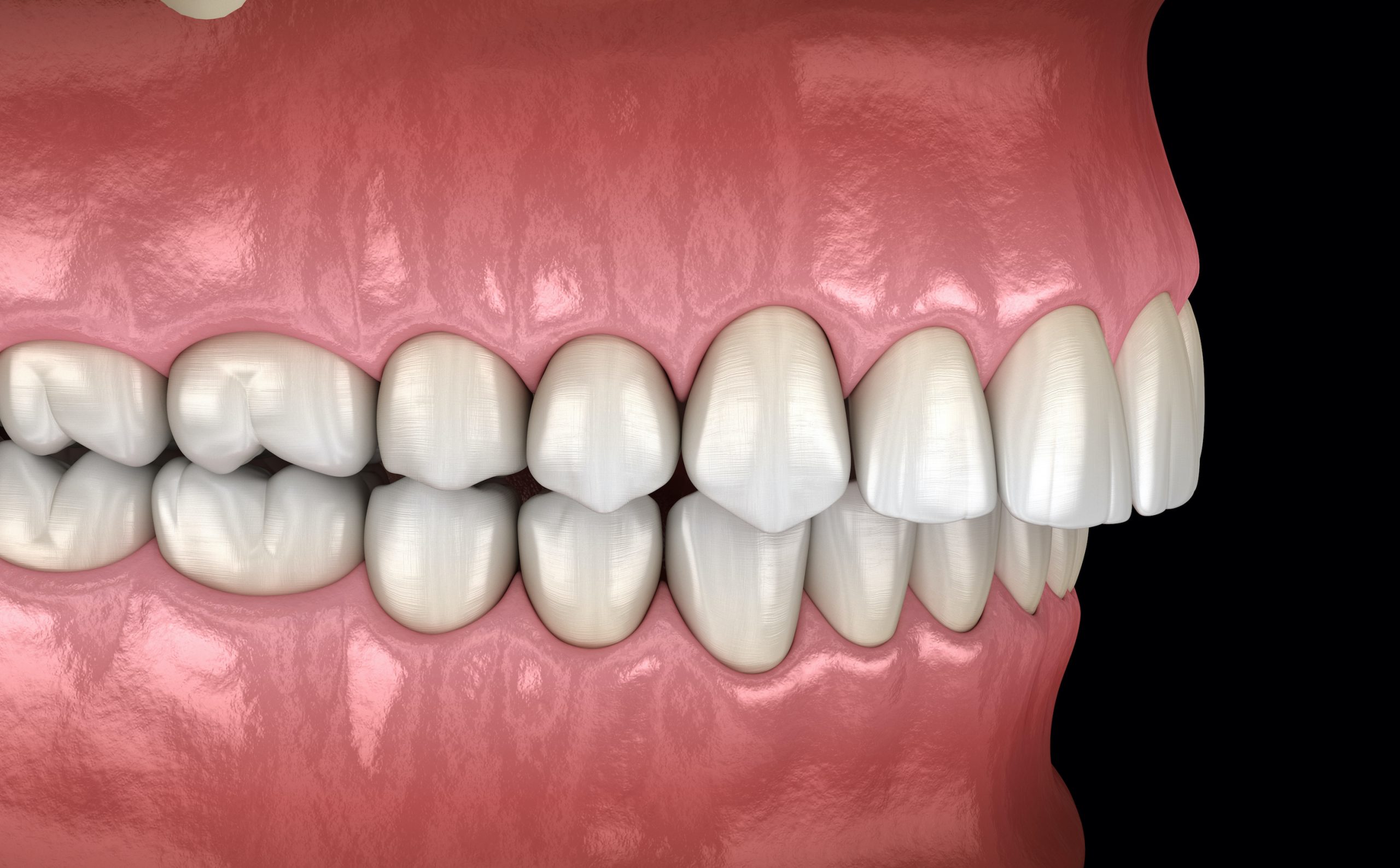
Class II malocclusions occur when there is a disharmony in the jaw relationship that involves the upper jaw and to be located in front of the lower jaw. Patients with class II problems typically present a recessed chin. A skeletal Class II problem takes place when the upper back molars are in front of the lower back molars. This will create the illusion that the patient has a recessed lower jaw, a protruding upper jaw, or in some cases both.
Class III
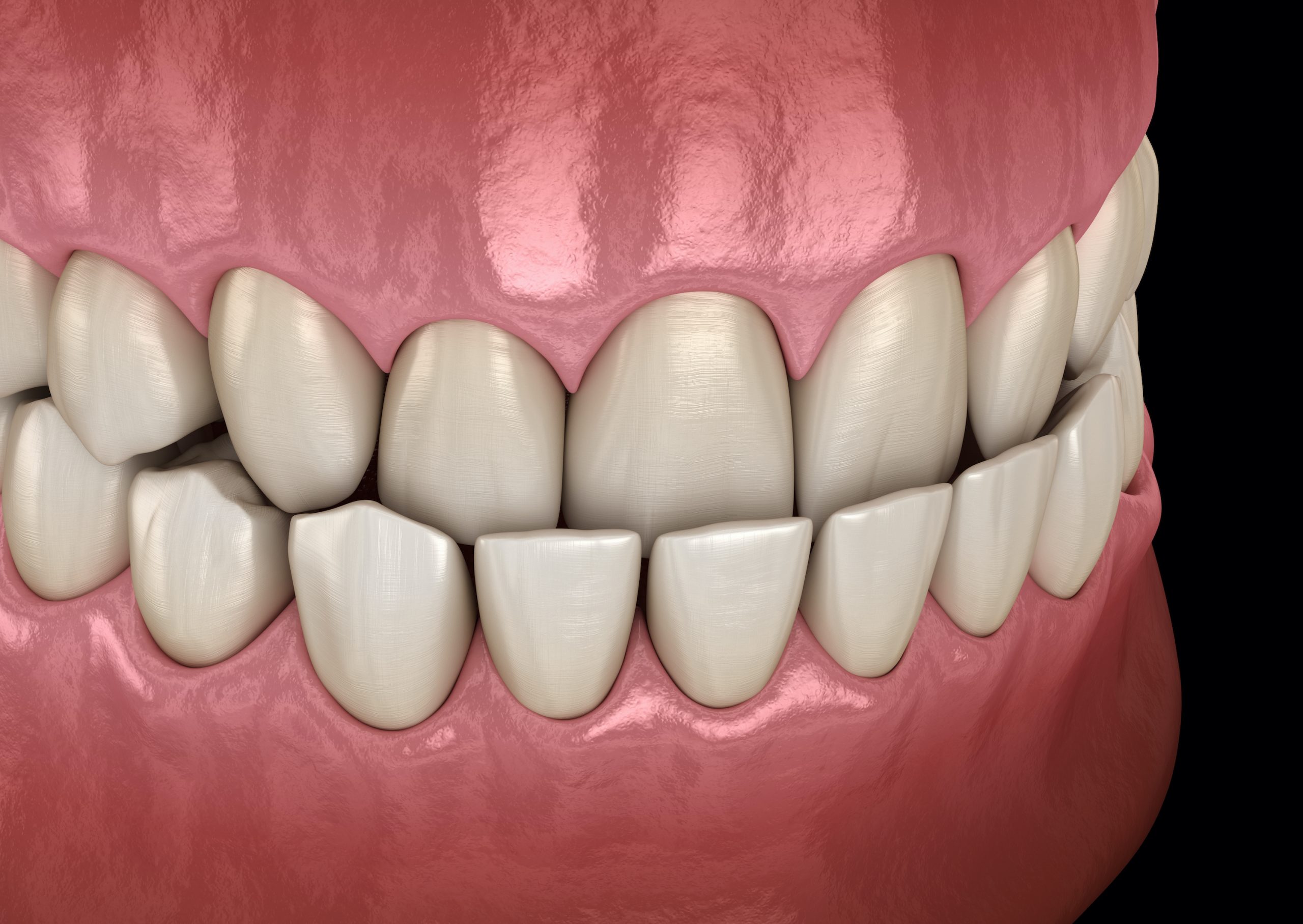
In a class III malocclusion, the lower jaw and teeth protrude over the upper jaw and teeth. In this case, the lower jaw appears to be disproportionately large or the upper jaw may appear underdeveloped.
Crowding
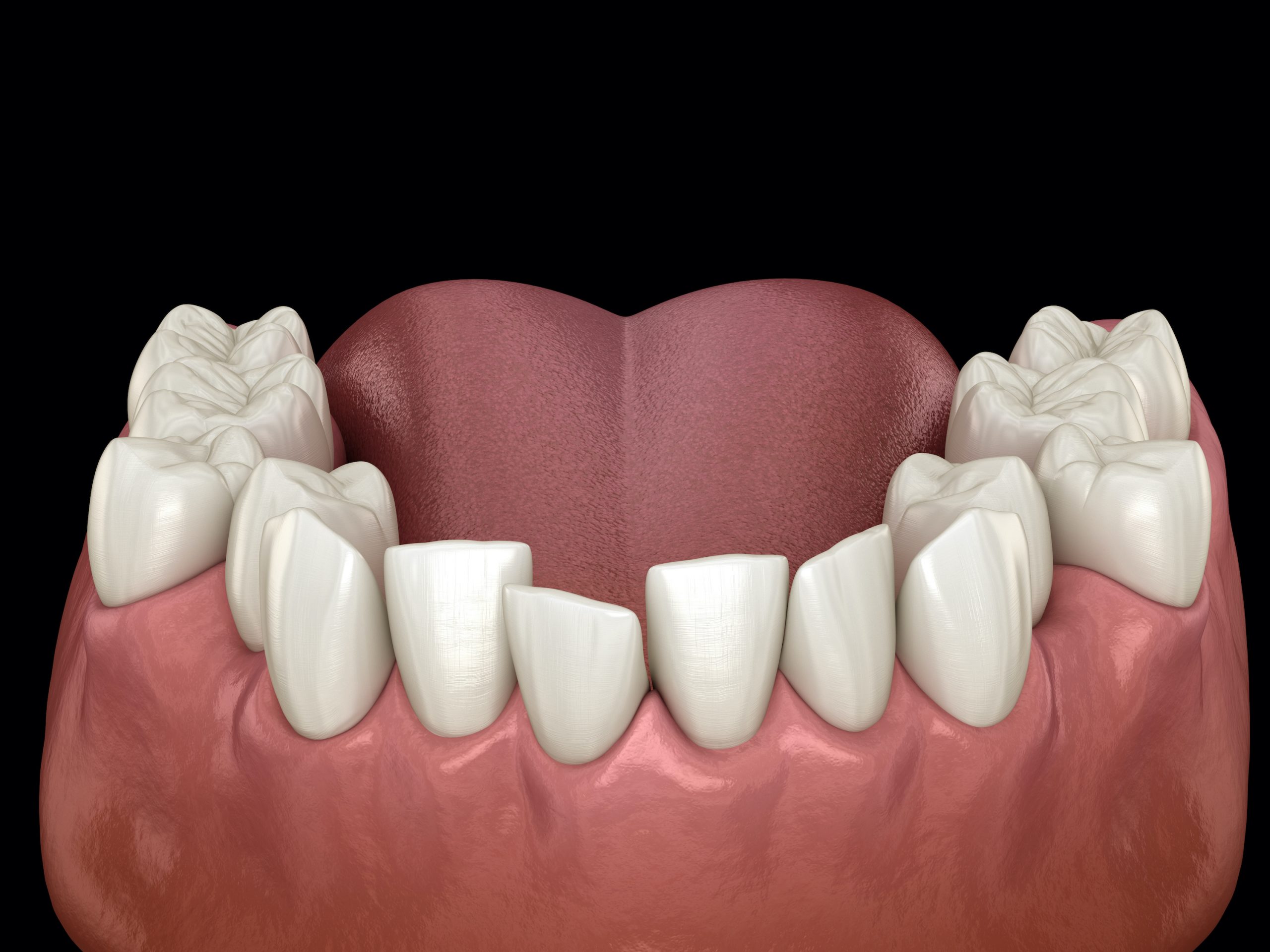
This is the most common orthodontic malocclusion. Crowding occurs when the patient does not have enough room to accommodate all of their teeth. This may be due to the teeth being too larger, the jaw is too small, or the existence of a crossbite. This condition can lead to other issues including impacted teeth and retained teeth.
Spacing
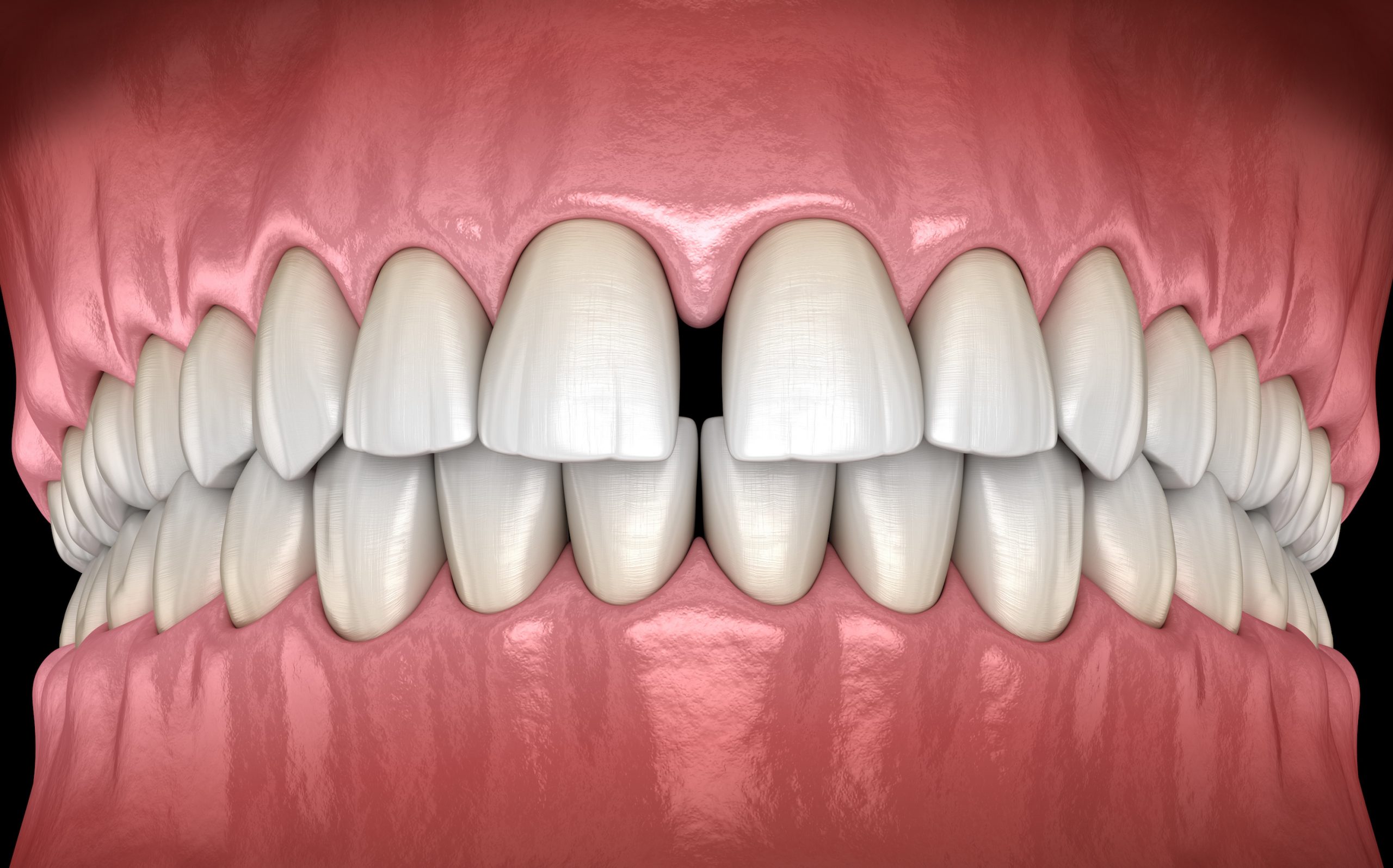
Spacing in the teeth occurs when there are inappropriate spaces between the teeth. Just like crowding, this condition can occur when there is a discrepancy between the size of the jaw and the teeth.
Openbite
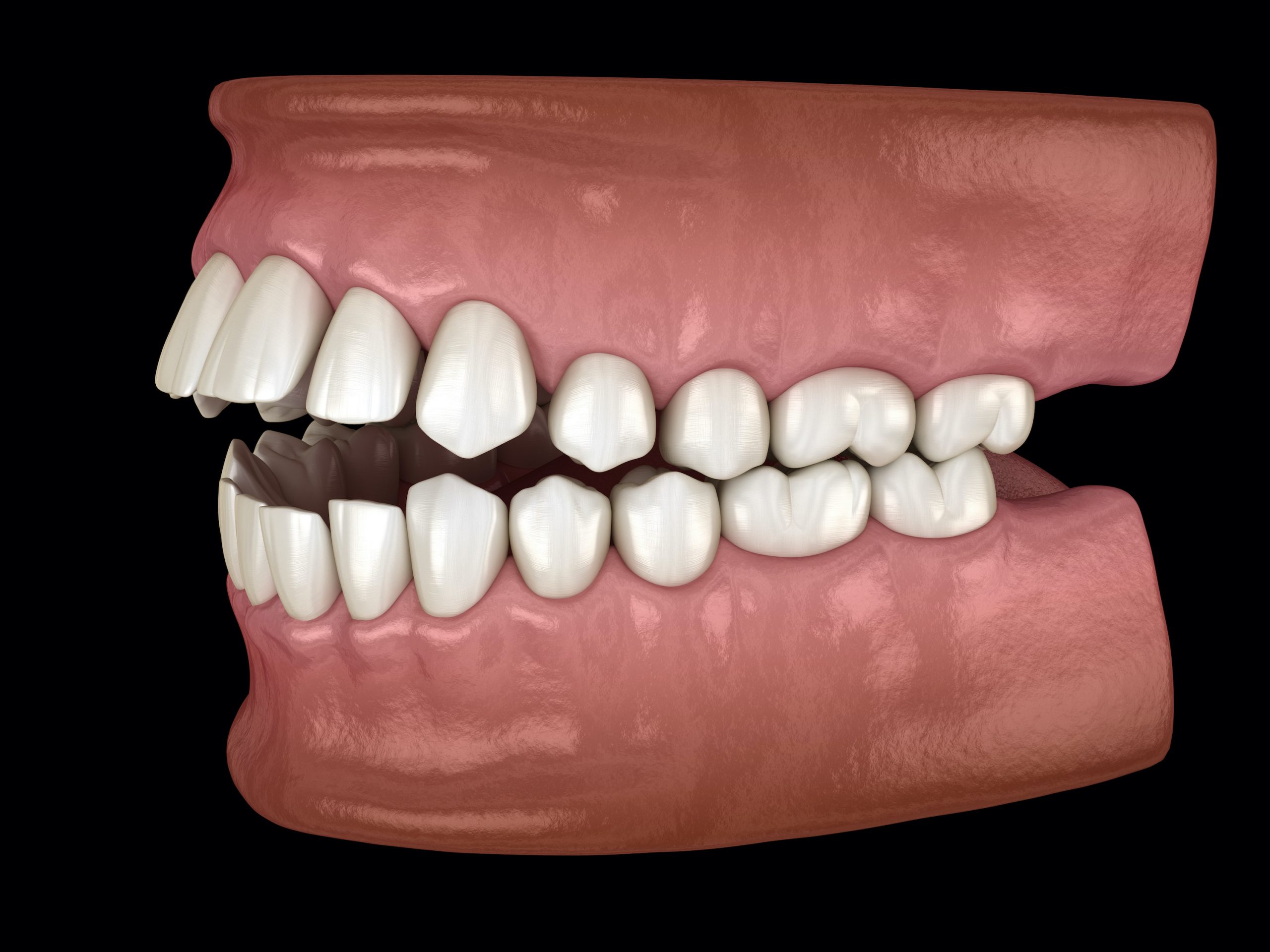
An openbite occurs when the teeth do not meet properly, causing a gap even when the mouth is closed. An anterior openbite describes a condition in which the front teeth do not meet properly. A posterior openbite describes the condition when the back teeth do not meet properly. The cause for this condition can be genetic or acquired by bad habits such as thumb sucking or thrusting of the tongue.
Overbite

An overbite occurs when there is a significant overlapping of the front teeth.
Overjet
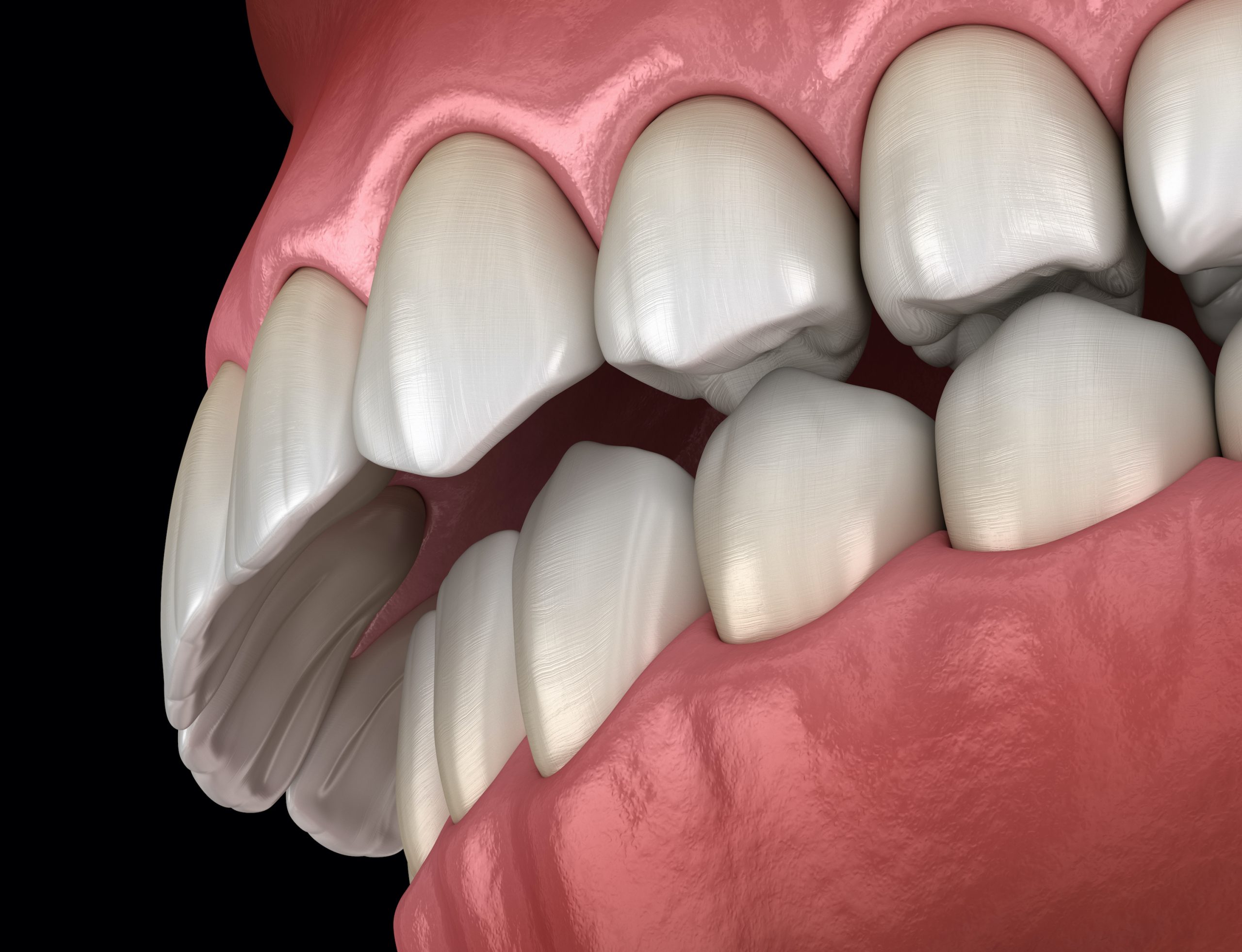
Overjet is a condition where the upper teeth sit in front of the lower teeth.
Excessive Gingival Display

This condition gives the patient the appearance of having a gummy smile because the gums are excessively exposed along the upper arch. We offer several treatment options for this condition.
Crossbite
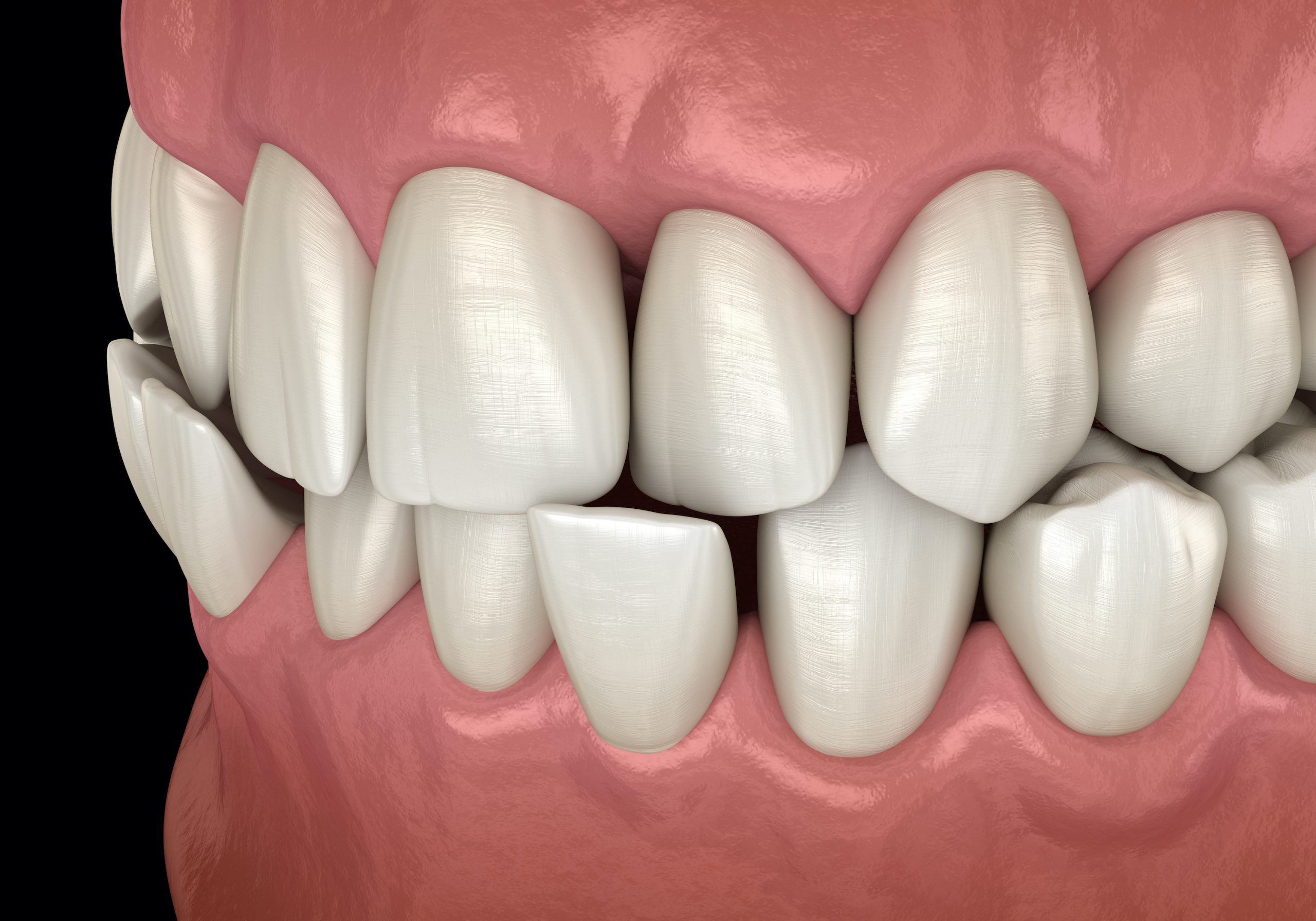
This condition involves a misalignment of the jaw caused by a disharmony between the widths of the upper and lower jaws. A crossbite can include one side of the jaw, this is called a unilateral crossbite, or both sides of the jaw, labeled a bilateral crossbite.







